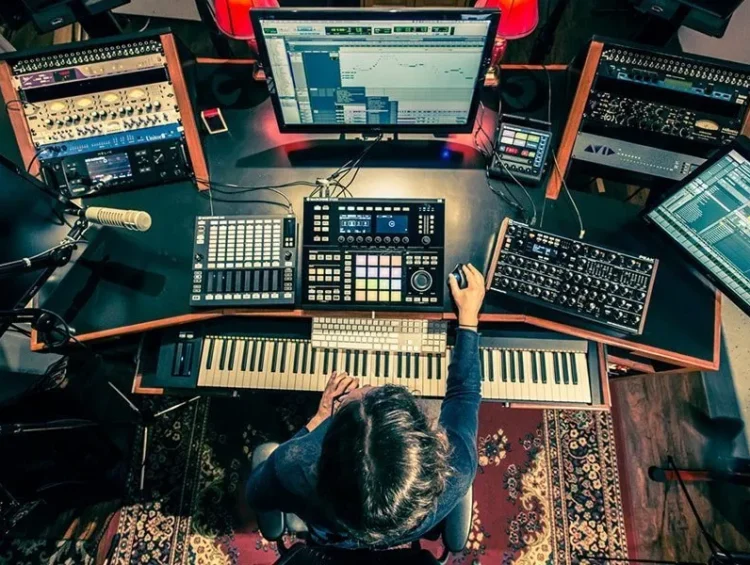A studio engineer plays a crucial role in achieving high-quality sound in any recording session. One of the key aspects of their job is ensuring optimal acoustics in a recording environment. Proper acoustic treatment can significantly impact the clarity, depth, and balance of a mix. Here’s how studio engineers can optimize acoustics to create the perfect soundscape.
-
Understanding Room Acoustics
Before applying any treatment, a studio engineer must analyze the room’s acoustics. Factors such as room size, shape, and materials used in walls, ceilings, and floors can all influence how sound waves behave. Large, open spaces tend to produce echoes, while small rooms may create unwanted resonance. Identifying potential problem areas is the first step toward achieving a balanced sound.
-
Proper Speaker Placement
Speaker placement is vital in creating an accurate sound representation. Studio engineers should position speakers at ear level and form an equilateral triangle with the listener’s position. Keeping speakers away from walls and corners can prevent unwanted reflections and bass buildup. Additionally, using isolation pads beneath monitors can minimize vibrations and improve sound clarity.
-
Acoustic Treatment: Absorption vs. Diffusion
To control sound reflections, studio engineers use a combination of absorption and diffusion techniques.
- Absorption: Installing acoustic panels, bass traps, and foam can help absorb mid and high frequencies, preventing excessive echo and reverberation.
- Diffusion: Diffusers scatter sound waves evenly throughout the room, preventing dead spots and ensuring a natural, balanced sound.
Using these treatments strategically—such as placing bass traps in corners and acoustic panels on reflection points—helps create an optimal recording environment.
-
Minimizing External Noise
Unwanted noise from outside sources can ruin a recording. To minimize interference, studio engineers often soundproof a space by:
- Adding mass to walls with materials like dense foam, drywall, or heavy curtains.
- Sealing gaps around doors and windows with weather stripping.
- Using carpets or rugs to absorb floor vibrations.
By reducing background noise, engineers can capture clean, professional-quality recordings.
-
Experimenting with Mic Placement
Even with great acoustic treatment, microphone placement can significantly affect sound quality. Engineers experiment with different mic positions and polar patterns to achieve the best sound capture. Using pop filters, reflection filters, and shock mounts can further refine audio clarity.
Conclusion
Achieving optimal acoustics is essential for any studio engineer looking to produce professional-quality music. By understanding room acoustics, placing speakers correctly, using acoustic treatments, minimizing noise, and optimizing mic placement, engineers can create the perfect recording environment. Investing in proper acoustic solutions ensures that the final mix is clear, balanced, and free from unwanted distortions.





